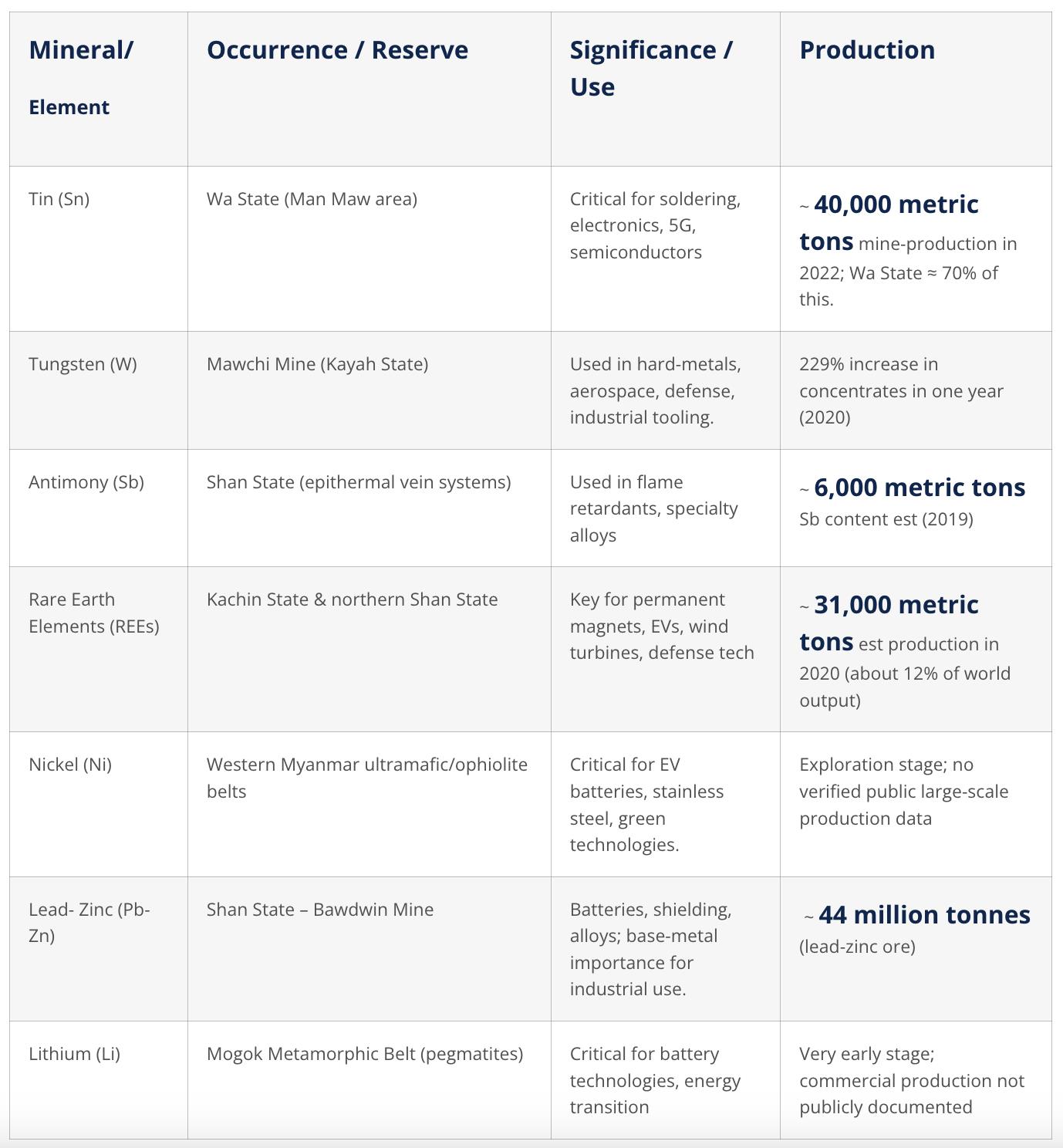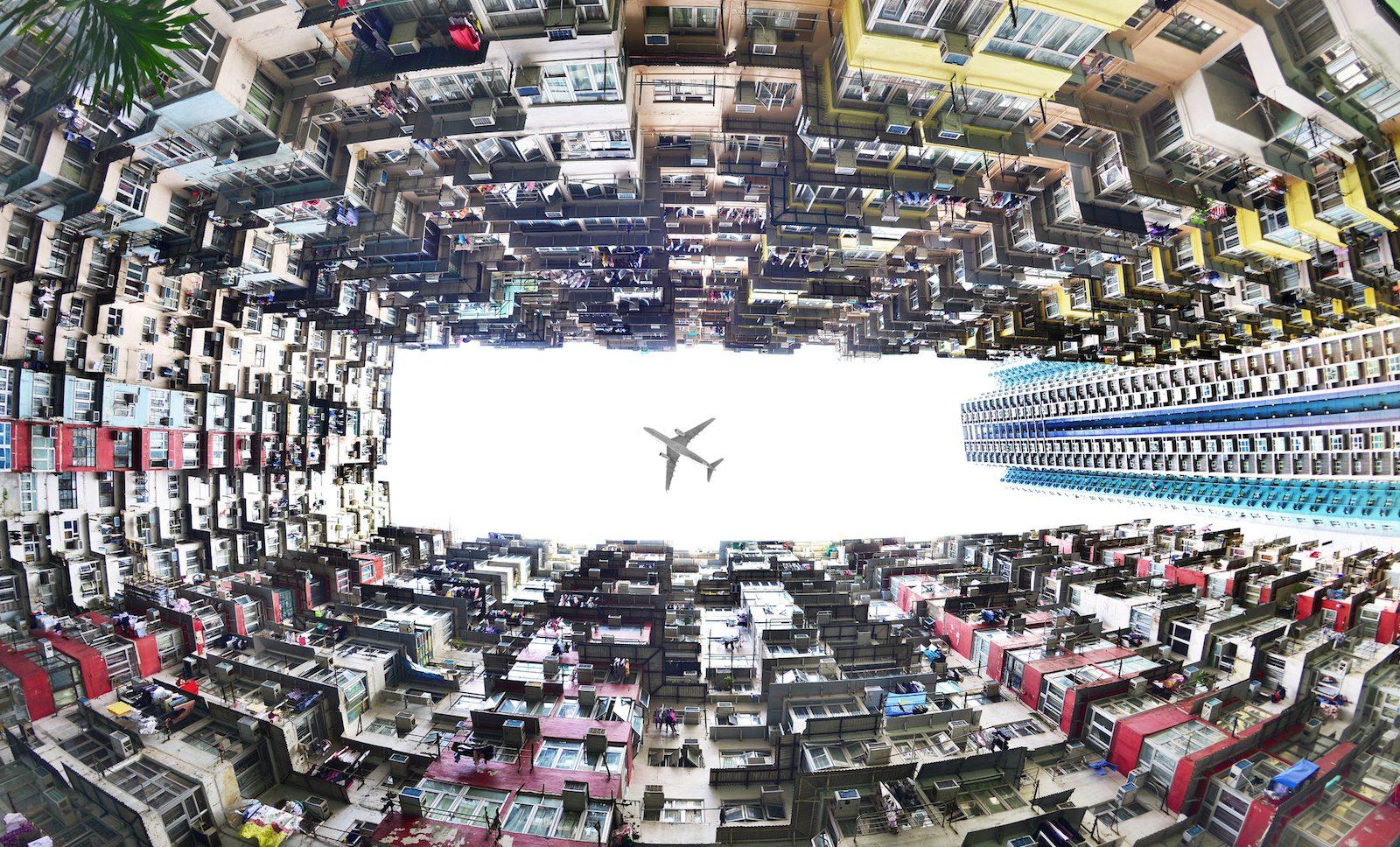
Great Game Intensifies For Myanmar's Kachin Rare Earths
In the global contest over critical minerals, Myanmar has emerged as an unlikely pivot. Rare earth elements (REE)-dysprosium, terbium, and others indispensable for magnets in wind turbines, electric vehicles, and advanced defense systems-have become geopolitical assets of immense strategic importance.
Myanmar has become the world's third-largest producer of rare earth elements behind China and the US, with total production estimated at around 31,000 metric tons in 2024, up significantly from about 12,000 metric tons in 2022.
The epicenter of their extraction lies in northern Myanmar's Kachin state, a region scarred by prolonged war and increasingly drawn into great-power competition.
The Trump administration is weighing two options to access Myanmar's rare earths: strike a deal with the military junta or bypass Naypyidaw and negotiate directly with the Kachin Independence Army (KIA), which controls most of the mining areas.
Kachin's war economyMining is concentrated in Chipwi and Pangwa, with smaller operations in Nhkawng Pa near the Chinese frontier.
For years, ores from these mountains were trucked across border crossings at Pangwa and Kan Paik Ti into Yunnan. Historically, Chinese firms ran the operations, employing local villagers worked as manual laborers. They used toxic in-situ leaching methods which poisoned streams, destroyed fertile farmland, and sparked community protests.
Since the 2021 coup, extraction has multiplied-by some estimates fivefold-as both the military regime and ethnic armed groups turned to minerals to finance the war. The battlefield has shifted, however.
By late 2023, the KIA launched sweeping offensives, seizing more than 200 junta outposts and capturing Chipwi and Pangwa. The KIA and its political wing, the Kachin Independence Organization (KIO), have now become the gatekeepers of Myanmar's rare earth belt.
The number of active rare earth mining sites rose from about 130 in 2020 to over 370 by the end of 2024. In Chipwi alone, more than 2,500 leaching pits have been recorded. However, exact geological reserve volumes remain unclassified publicly, but satellite and field data suggest tens of thousands of tons of recoverable HREEs concentrated in Kachin.


Legal Disclaimer:
MENAFN provides the
information “as is” without warranty of any kind. We do not accept
any responsibility or liability for the accuracy, content, images,
videos, licenses, completeness, legality, or reliability of the information
contained in this article. If you have any complaints or copyright
issues related to this article, kindly contact the provider above.






















Comments
No comment